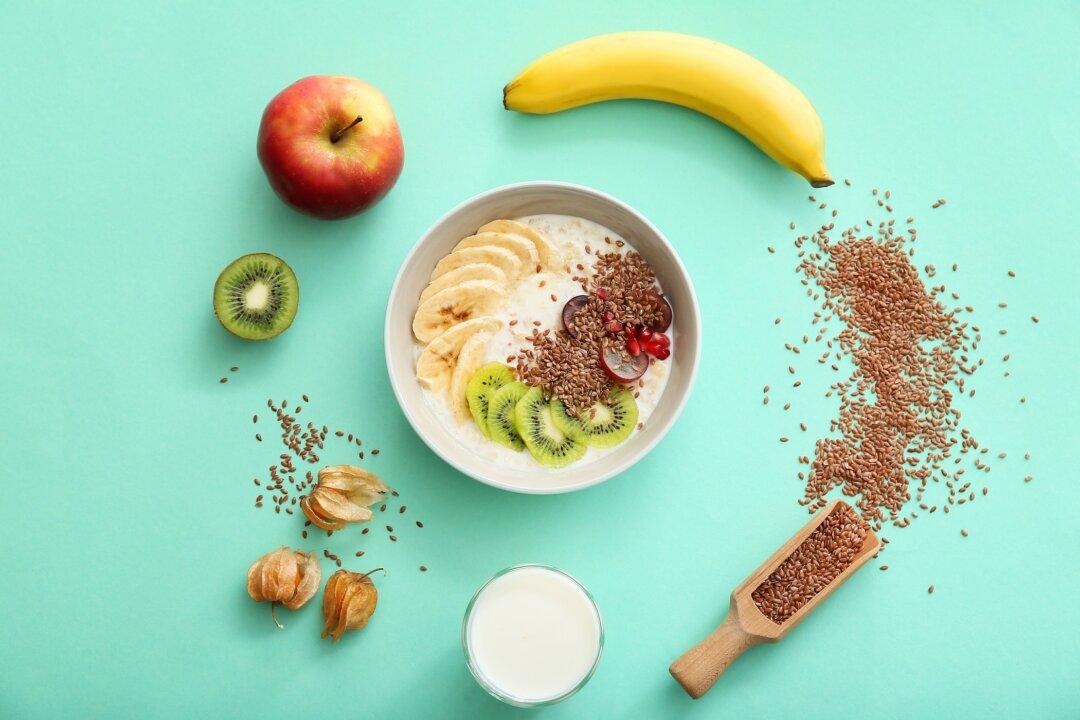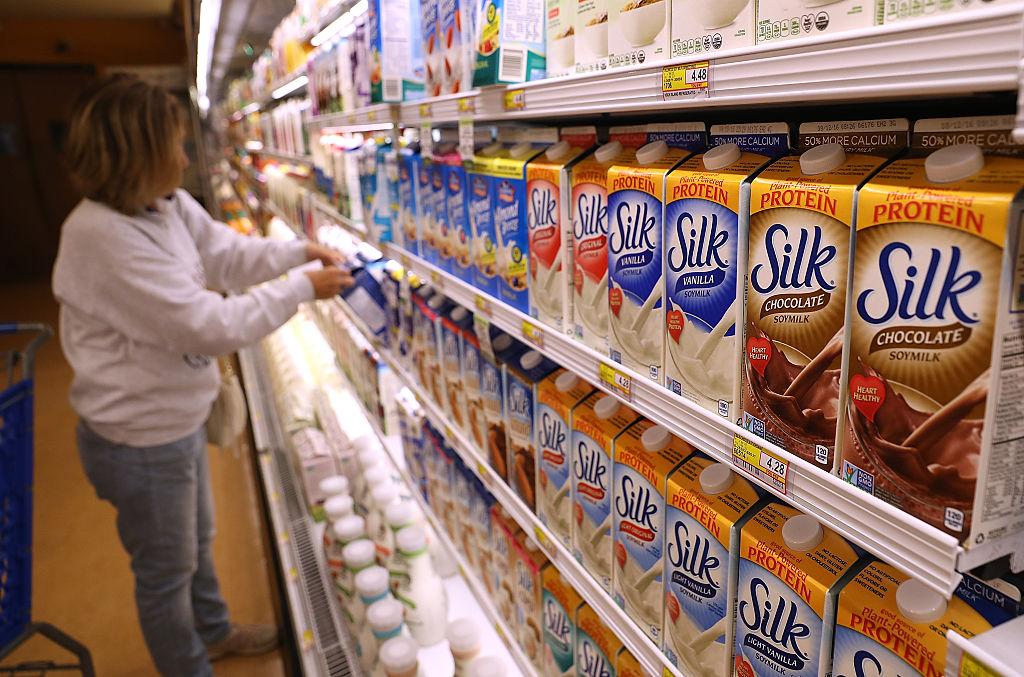Currently nearly half a billion adults have diabetes, and a 50 percent increase is expected in another generation. I’ve got tons of videos on the best diets for diabetes, but what about no diet at all?
More than a century ago, fasting was said to bring about the cure of diabetes, speedily arresting its development, and causing complete disappearance of all its manifestations in several days or weeks. Even so, starvation is guaranteed to lead to the complete disappearance of you, if kept up long enough. What’s the point of fasting it away if it’s just going to come raging back as soon as you restart the diet that caused it in the first place? Might it be useful to kind of kickstart a healthier diet? Let’s see what the science says.






